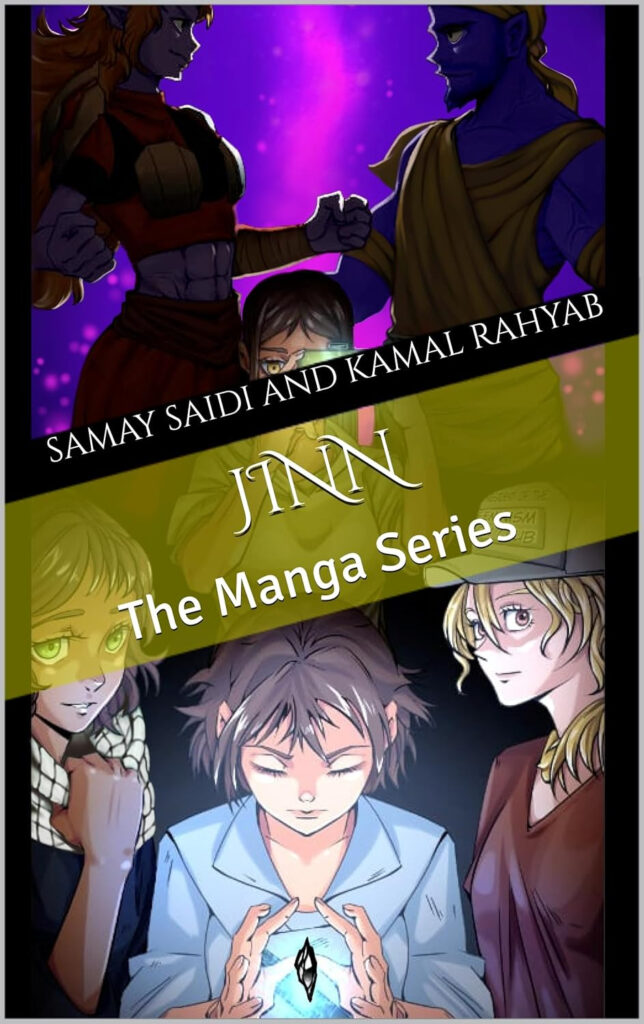
A thoughtful adventure through Islamic tradition and folklore, Jinn: The Manga Series by Samay Saidi and Kamal Rahyab offers essential wisdom about family, purpose, and cultural roots.
While traveling home from class with friends and discussing the nuances of Orientalism, Tamina experiences what seems to be a seizure, but is actually something far stranger. As her body is rushed to a hospital, her mind enters a dream-like realm called the Berzakh, where she encounters a mythical Jinn who has been watching over her since birth.
After overcoming her disbelief, Tamina learns that one of her ancestors possessed a mighty gift – the ability to bridge the two dimensions of Jinn and humans – and that she shares this powerful ability. Upon awakening in the hospital, she confronts her parents about all that she has seen, and after first refuting her claims, they eventually admit to breaking a sacred promise by keeping their family legacy a secret.
Back in the Berzakh, Tamina is recruited for an epic mission to protect the scattered pieces of an ancient relic from devil-worshipping Jinn and other humans with evil intentions. As her training begins and this first chapter comes to a close, readers learn that the “rightful king” of the Jinn is preparing for all-out war, but will need to defeat Tamina to secure his sinister victory.
Steeped in Islamic legend and embedded with lessons about honesty, faith, and noble sacrifice for the greater good, this first installment of a serial graphic novel is compelling and thematically rich. The story offers a meaningful combination of the traditional hero’s journey found in much fantasy fiction with a greater emphasis on how this journey can be integrated into everyday life.
While there are certainly flashes of philosophical insight to be found in the dialogue bubbles, there are also many heavy-handed moments where the messages are too blatant, or given uneven weight in the story, notably between Jinn and Tamina. Some pieces of the story also don’t match up, such as the Jinn accusing Tamina of “losing control of herself” during an argument with friends, which wasn’t reflected in the previous scene with Dakota, Kaya, and Sara.
More vitally, there are quite a few areas to be improved in the book’s visual elements, which are so crucial to manga and graphic novels on the whole. There is a repeated use of the same image on non-consecutive pages, and an absence of facial expressions on certain characters. Many of the images also lack a basic background, as though characters are existing in empty space, which tends to pull a reader out of the story.
This lack of overwhelming detail does speed up the reading process, but the illustrations often seem spare and unfinished. Similarly, the text itself feels incomplete, as there are numerous typographical errors, a general lack of punctuation, misspelled words, and unclear phrasing, e.g., “…you are exhausted from all trying to prove yourself” and “We have made several promises to you towards the years.”
Overall, the mix of fantasy and cultural history makes this an intriguing and entertaining read, but there are issues in both the visual and textual composition that distract from the story, and keep the book from reaching its potential.
Book Links
STAR RATING
Design
Content
Editing
Get an Editorial Review | Get Amazon Sales & Reviews | Get Edited | Get Beta Readers | Enter the SPR Book Awards | Other Marketing Services





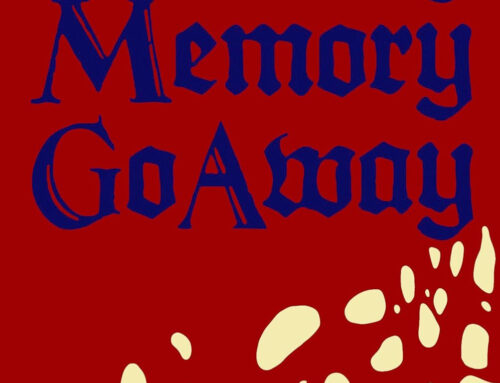
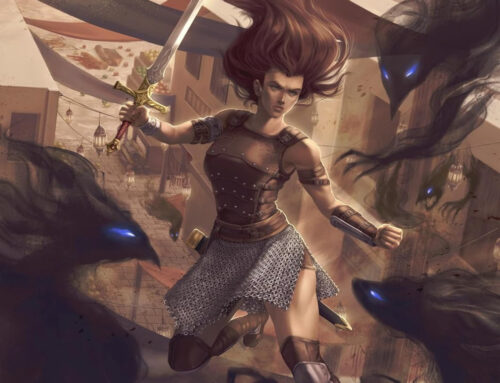



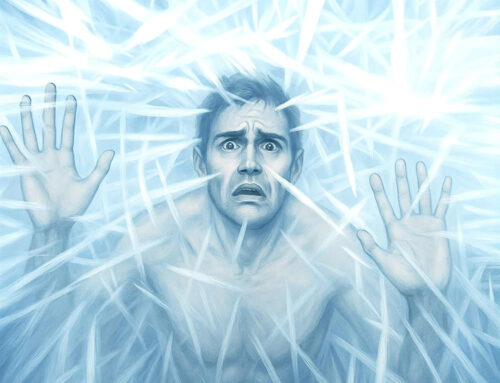

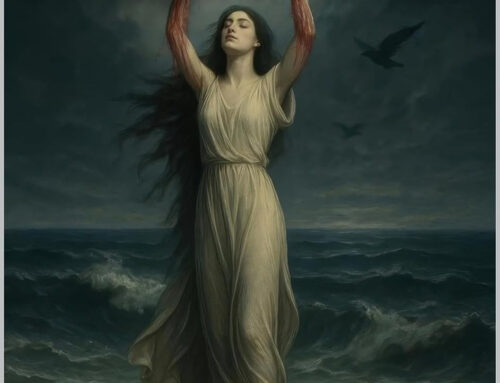

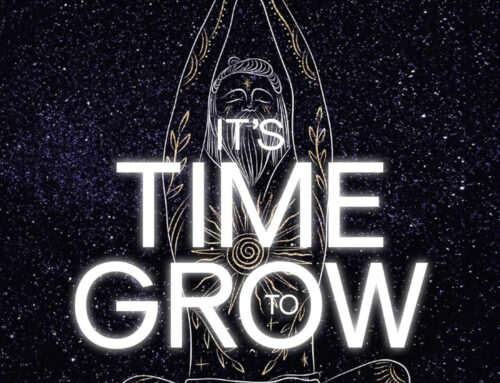
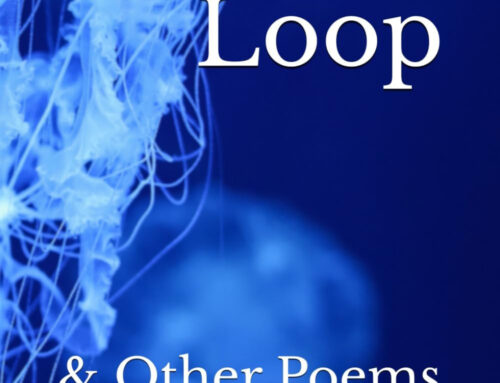




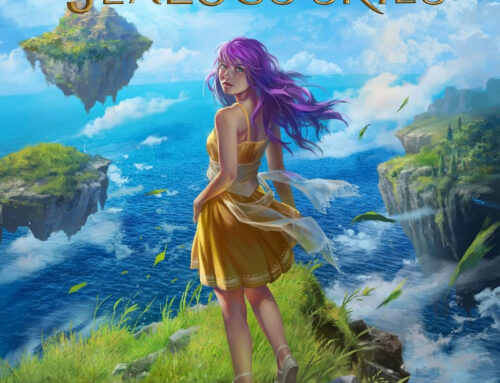


Leave A Comment